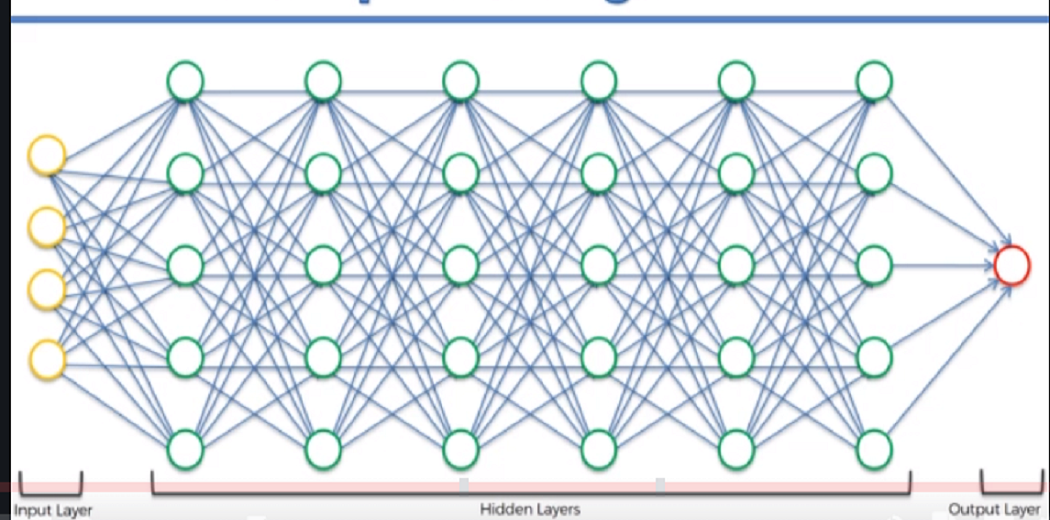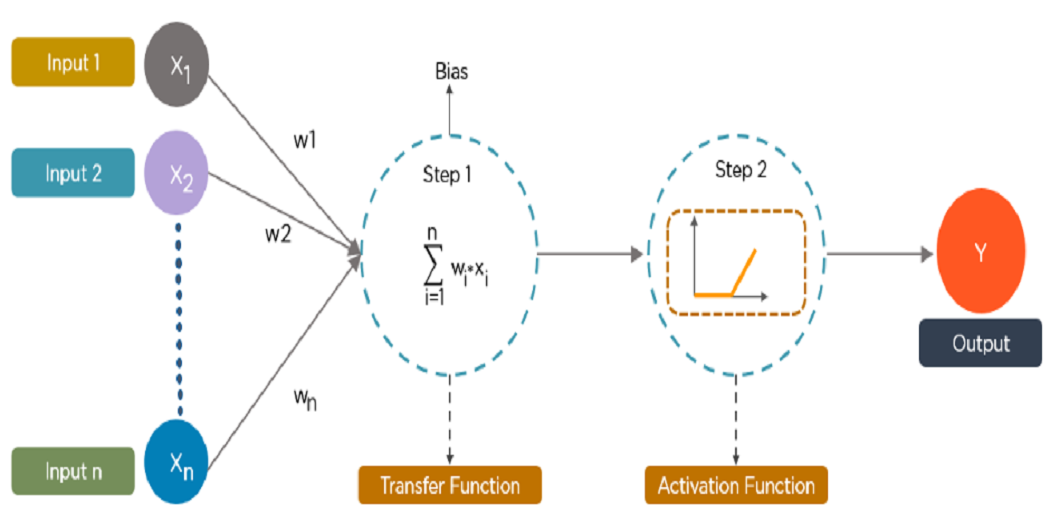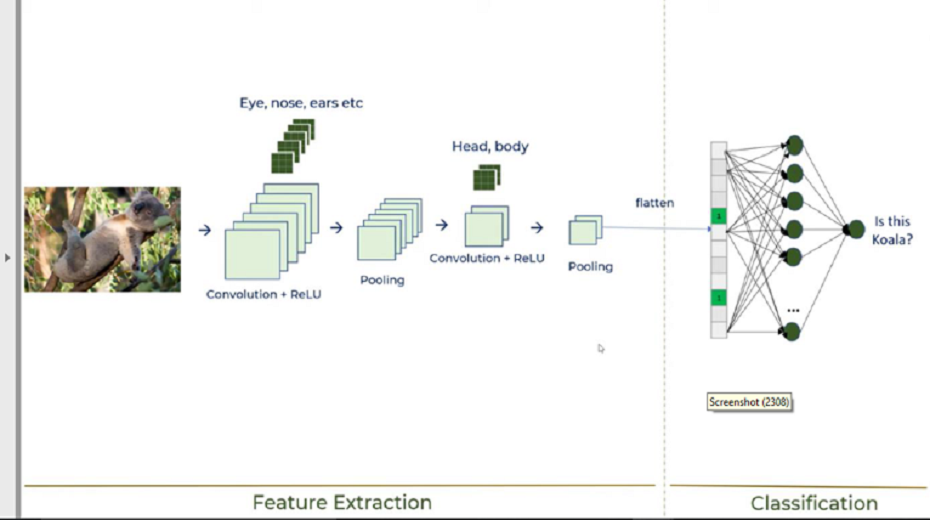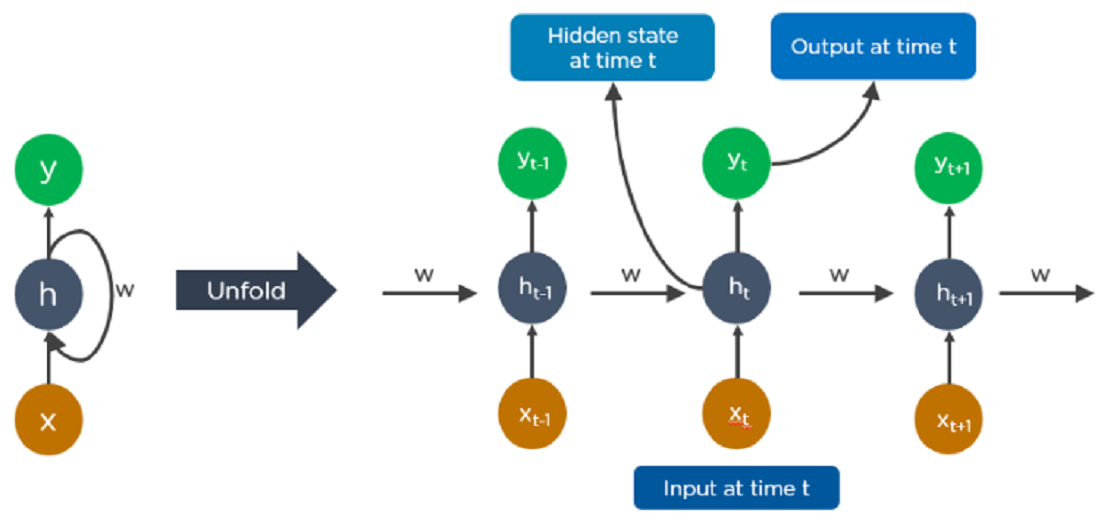This article was published as a part of the Data Science Blogathon
Introduction
This article aims to explain deep learning and some supervised deep learning algorithms. This article will discuss the following topics
- Definition of Deep Learning
- How Deep learning algorithm works.
- Types of Supervised Deep Learning algorithms
- Top 5 Applications of Deep Learning algorithms
Definition of Deep Learning
Deep learning is a subset of a Machine Learning algorithm that uses multiple layers of neural networks to perform in processing data and computations on a large amount of data. Deep learning algorithm works based on the function and working of the human brain.
The deep learning algorithm is capable to learn without human supervision, can be used for both structured and unstructured types of data. Deep learning can be used in various industries like healthcare, finance, banking, e-commerce, etc.
How Deep learning algorithm works
Deep Learning algorithms working depends upon Neural network just like the human brain computes information using millions of neurons.

Let’s discuss layers type:
- Input layer – The input layer has input features a dataset that is known to us.
- Hidden Layer – Hidden layer, just like we need to train the brain through hidden neurons.
- Output layer – value that we want to classify
We get input feature from observation and put into a layer. That layer creates an output that becomes the input for the next layer which is known as the hidden layer. This happens until we get the final output.
We separate the network further and add a lot of hidden layers depends on the complexity of the problem and connect everything just like the human brain interconnect everything and that’s how input values are processed through all hidden layers and then we have output. That’s why this learning process is known as deep learning because so much computation goes on between input and output layers.
Types of Deep Learning algorithms:
Here is the classification of Deep Learning algorithms-
Mainly we can categorize Deep learning into two types and then we further drill down each type into various deep learning algorithms.
Here in this article, we will discuss supervised deep learning algorithms.
- Artificial Neural Network
- Convolutional Neural Network
- Recurrent Neural Network
Now, let’s discuss these 3 algorithms in brief :
1. Artificial Neural Network:
An artificial Neural Network is the component of a computing system designed in such a way that the human brain analyzes and makes a decision. Ann is the building block of deep learning and solves the problem that seems impossible or very difficult by humans.
Artificial neural networks work like a human brain. The human brain has billions of neurons and each neuron is made up of a cell body that is responsible for computing information by carrying forward information towards hidden neurons and provide final Output.

ANN initially in the training phase learns to identify patterns based on inputs given to the input layer. During this phase, the output of Ann compares with the actual output, and the difference between these two knows as an error.
The aim is to minimize the error by adjusting the weight and bias of the interconnection which is known as backpropagation. With the process of backpropagation, the difference between the desired output and actual output produces the least error.
2. Convolutional Neural Network
CNN is a supervised type of Deep learning, most preferable used in image recognition and computer vision.

CNN has multiple layers that process and extract important features from the image. There are mainly 4 steps to how CNN works
Step : 1 Convolution Operation with Relu Activation Function
The objective of the Convolution operation is to find features in the image using feature detectors to preserve the special relationship between pixels. Relu activation function is used to break linearity and want to increase non-linearity because images are themselves are highly non-linear.
Step: 2 Pooling
Pooling is a down-sampling operation that reduces dimensions and computation, reduces overfitting as there are fewer parameters and the model is tolerant towards variation and distortion.
Step: 3 Flattening
Flattening is used to put pooling output into one dimension matrix before further processing.
Step: 4 Fully Connected Layer
A fully connected layer forms when the flattening output is fed into a neural network which further classifies and recognized images.
3. Recurrent Neural Networks (RNNs)
RNN is a type of supervised deep learning where the output from the previous step is fed as input to the current step. RNN deep learning algorithm is best suited for sequential data. RNN is most preferably used in image captioning, time-series analysis, natural-language processing, handwriting recognition, and machine translation.

The most vital feature of RNN is the Hidden state, which memorizes some information about a sequence. There are mainly 4 steps of how RNN works.
- The output of the hidden state at t-1 fed into input at time t.
- Same way, the output at time t fed into input at time t+1.
- RNN can process inputs of any considerable length
- The RNN computation depends on historical sequence data and the model size doesn’t increase with input size.
In this way, RNN converts the independent activations into dependent, thus reducing the complexity of increasing parameters and remembering each previous output by giving each output as input to the next hidden layer.
Top 5 Applications of Deep Learning algorithms
Here are some ways where deep learning is being used in diverse industries.
1. Computer Vision
Computer Vision is mainly depending on image processing methods. Before deep learning, the best computer vision algorithm depending on conventional l machine learning and image processing obtained a 25% error rate. But, when a deep neural network used for image processing, the error rate dropped to 16 per cent, and now with advancement in deep learning algorithms, the error rate dropped to less than 4 %.
2. Text Analysis & Understanding
Text analysis consists of the classification of documents, sentiment analysis, automatic translation, etc. Recurrent neural networks are the most useful deep learning algorithm here, because of the sequential type of textual data.
3. Speech Recognition
Speech Recognition enables to process of human speech into text by computers. Traditionally, Speech recognition mainly relies upon a hefty feature extraction process but deep learning is directly working on raw data and training done on a large dataset of audio recording.
4. Pattern Recognition
Pattern recognition is the automated identification of patterns and regularities in data. The data type can vary anything from text, images to sounds or audio.
PayPal is using deep learning via H2O, a predictive analytics platform, to help prevent payment transactions and fraudulent purchases and
5. Autonomous vehicles
The autonomous vehicle accomplished to collect data on its surrounding from various sensors, explain it, and based on explanation choose what actions need to be taken. Deep learning enables us to learn how to perform the work as effectively as humans.
Thanks for reading! In my next article, I will be explaining various activation functions with applications.
The media shown in this article are not owned by Analytics Vidhya and is used at the Author’s discretion.




